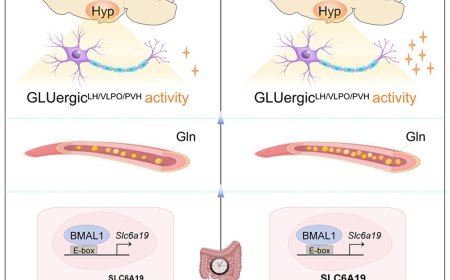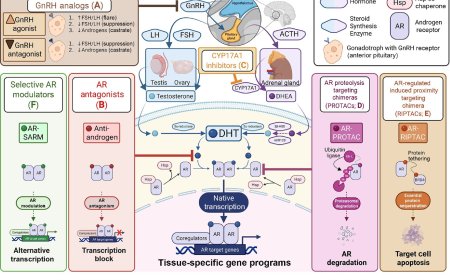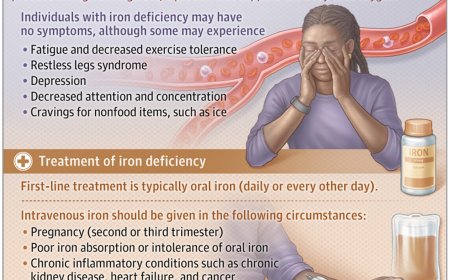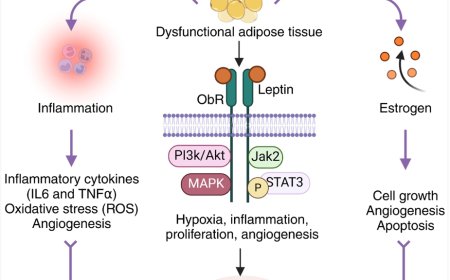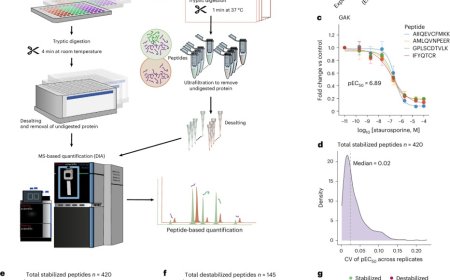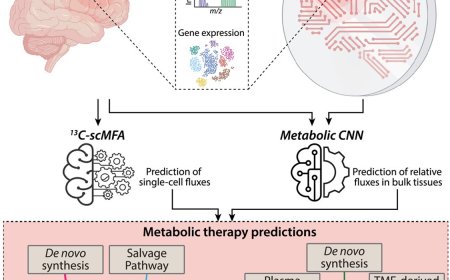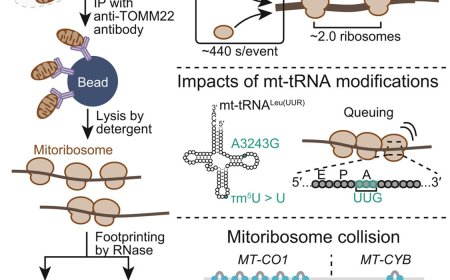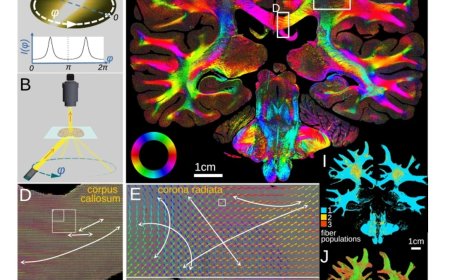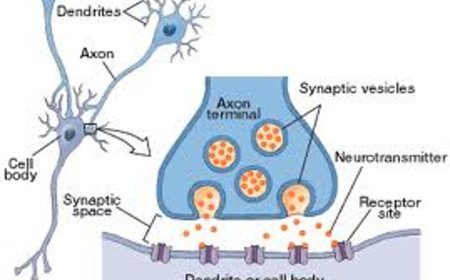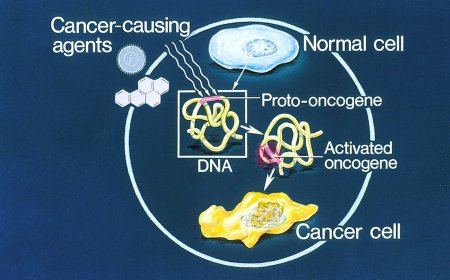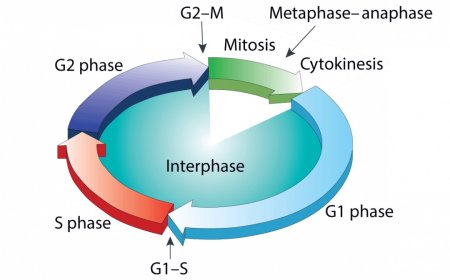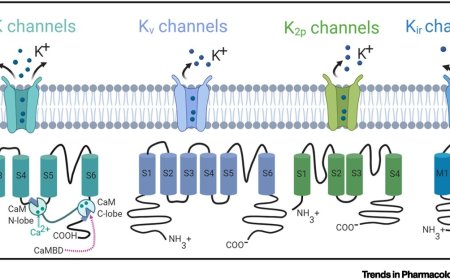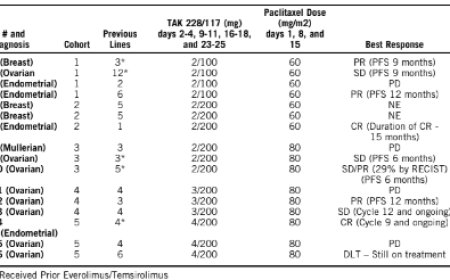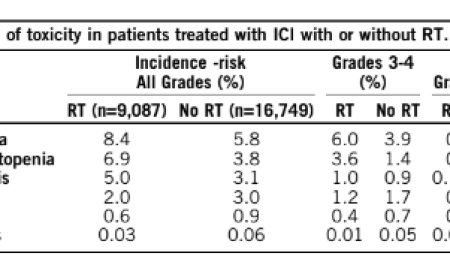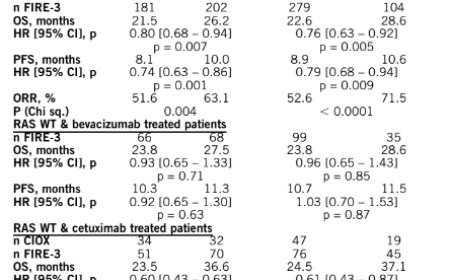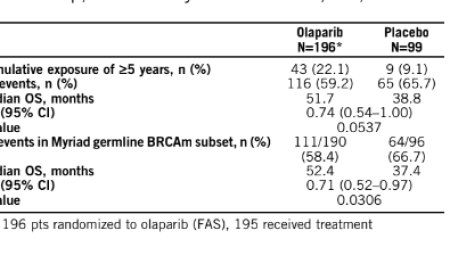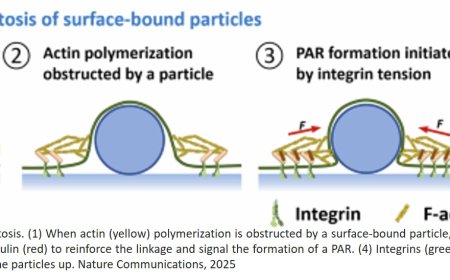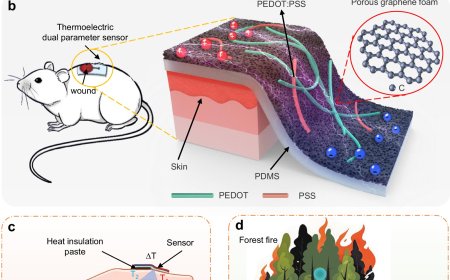Converting urine into high-value bio-implant material
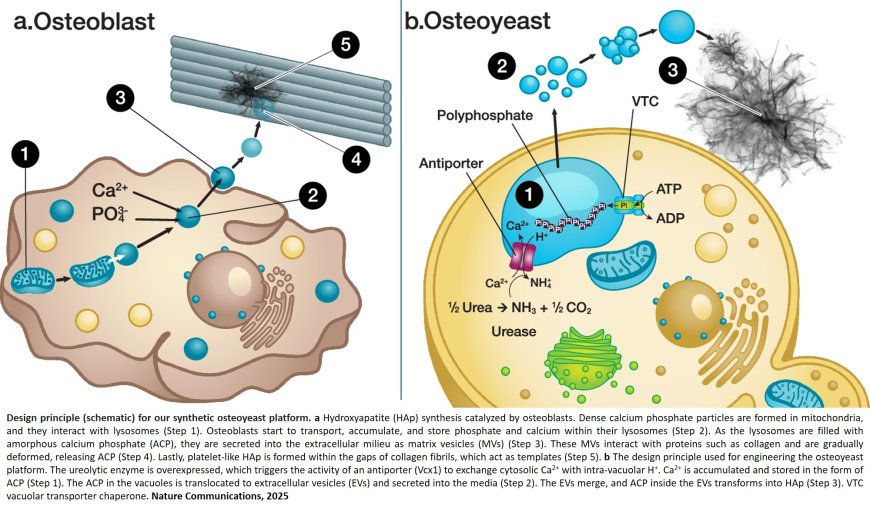
A research team has engineered a yeast platform that converts human urine from wastewater into hydroxyapatite, a high-value, biocompatible substance for use in dental and bone implants, restoration of archaeological artifacts and other applications.
In a paper published recently in Nature Communications, the researchers offer a techno-economic analysis of the technique to transform urine – which can seriously damage watersheds – into HAp, a calcium phosphate mineral projected to hold a market value of more than $3.5 billion by 2030.
“This process achieves two goals at the same time,” said a co-author. “On the one hand, it helps remove human urine from wastewater streams, mitigating environmental pollution and the buildup of unwanted nutrients; and on the other hand, it produces a material that can be commercially marketed for use in a variety of settings.”
In the Nature Communications paper, the scientists discuss how they developed and evaluated a biologically inspired system based on synthetic yeast cells they dubbed “osteoyeast” that drive the urine-to-HAp conversion.
In mammals, specialized cells called osteoblasts draw calcium phosphate from body fluids that is then processed and secreted as HAp. Osteoblasts are not suitable for large-scale industrial HAp production, according to the researchers, so they turned to osteoyeast, which uses enzymes to break down urea and increase the pH of the surrounding environment. This triggers tiny cavities in the yeast to accumulate calcium and phosphate that are then secreted and crystallized into HAp.
The scientists found that their method can produce as much as 1 gram of HAp per liter of urine.
“This process to yield hydroxyapatite, or bone mineral, takes less than one day,” the author said. “The fact that it uses yeast as a chassis, which is inexpensive and can be placed in large vats at relatively low temperatures – think about beer that’s made via fermentation processes and is well scaled – shows that this can be done easily without major infrastructural needs, and that has the added benefit of making it accessible to developing economies.”
According to the researchers, HAp composites are lightweight and offer significant mechanical strength, toughness and durability. And if synthetic hydroxyapatite that had its origins in urine can be produced economically and at scale, it can serve as a renewable and biodegradable alternative to commodities like plastics and other building materials.
https://www.nature.com/articles/s41467-025-59416-8
https://sciencemission.com/urine-recycling-and-hydroxyapatite
